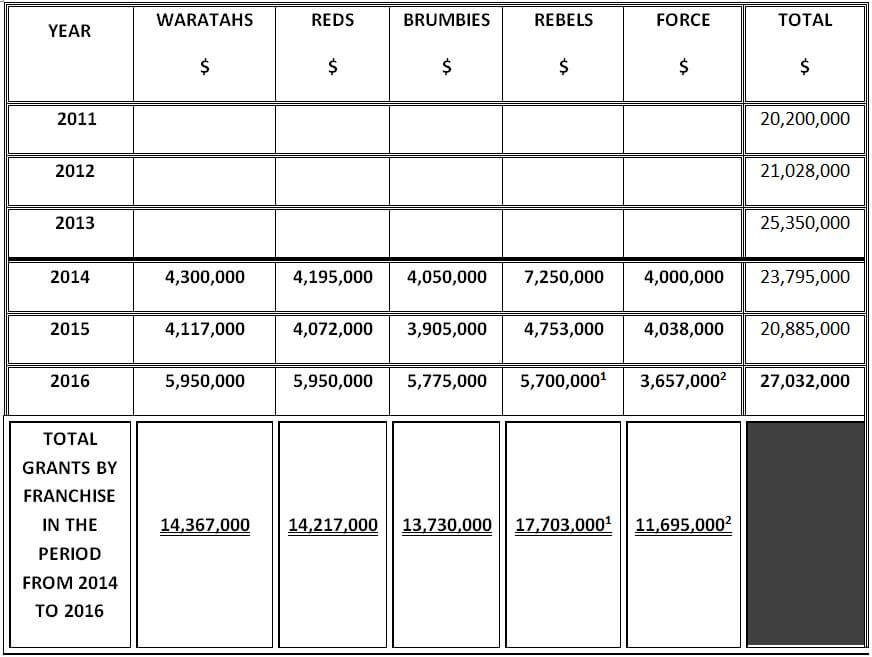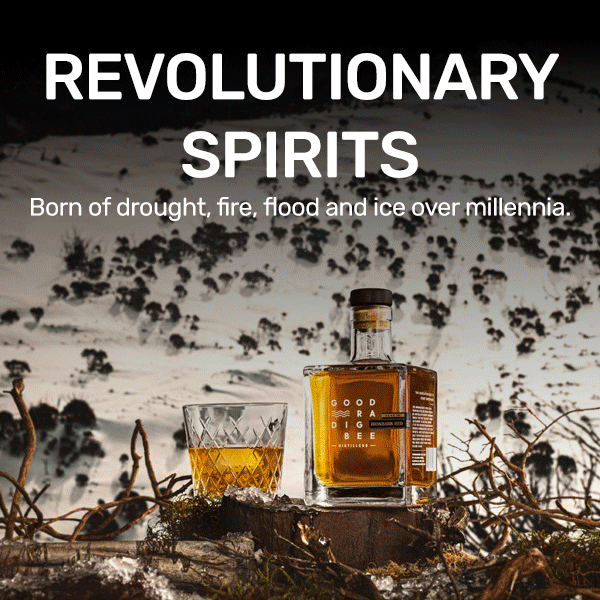Within hours of the SANZAAR announcement that SuperRugby would have one less Australian team from 2018, the Chairman of the ARU (Cameron Clyne) fronted the media.
He said the ARU had been under “extreme financial pressure” almost from the moment the 5th SuperRugby licence was awarded in 2010 and that the time had come for one of the ‘burdensome five’ to pack their bags.
The following evening, Clyne was interviewed on Fox Sports’ Kick and Chase. During that interview, the now infamous figure of $28million received its first airing. That, said Clyne, was how much the ARU had been forced to spend over the last four years to ‘prop up’ SuperRugby.
Now $28million seemed like a lot of moolah to me so I set about trying to work out how the ARU had managed to let things get so bad.
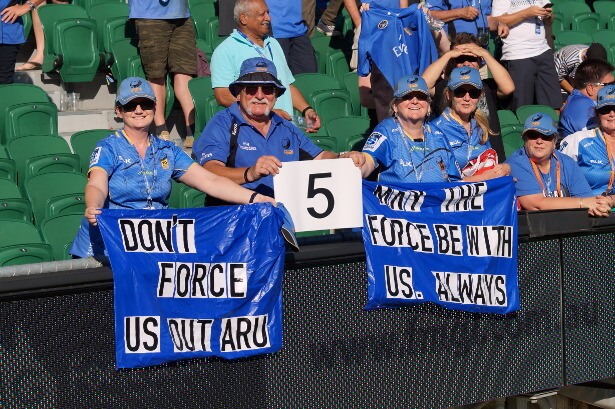
Who do you think you are kidding Mr Clyne, if you think we can’t do sums
Given that Clyne had indicated that the rot set in almost as soon as the ARU had awarded the 5th SuperRugby licence, I took a detailed look at the ARU’s published financial reports for each year from 2010 to 2016.
The first thing that struck me was that, more often than not, the ARU’s expenditure had exceeded its revenue.
Even in 2010 when we still only had 4 SuperRugby franchises, its net surplus for the year was only a smidge over $1million. In each of the next 5 years, the ARU only managed to post a net surplus once. That was in 2013 when the British and Irish Lions tour delivered a net surplus of $19.5million. In the other years, the ARU posted net deficits ranging from $6.3million (in 2014) to $9.8million (in 2015). Things did improve in 2016 thanks to the 2016-2020 TV broadcast deal, which put $61.3million into the ARU’s bank account and allowed the ARU to post a net surplus of $3.7million.
The second thing that struck me was that not one of the financial reports appears to even hint at the doomsday scenario that was, apparently, bearing down on the ARU. In fact, if you were to read the 2016 report (which, incidentally, was published the same day that Clyne lamented the burden of 5 SuperRugby teams), you could be forgiven for thinking that everything in the SuperRugby garden was rosy! For example, in the “Review of operations” section of the Directors’ Report it says:
“.…the new broadcast agreements delivered a significant increase in revenue in 2016 which allowed for greater investment into Super Rugby, Community Rugby and other in the development of the game.”
Say what? Greater “investment” in SuperRugby?
Yes! On the same day that Clyne told us the ARU had been spending unsustainable sums of money on SuperRugby for years, they launch an Annual Report that happily talks about investing more in Super Rugby!
Anyway, the figures I’ve set out below tell the rest of the story as I have gleaned it from the ARU’s financial reports. I still haven’t worked out where that $28million figure came from, but I do now have a good idea where a big chunk of it went. And so will you if you read on to the end…
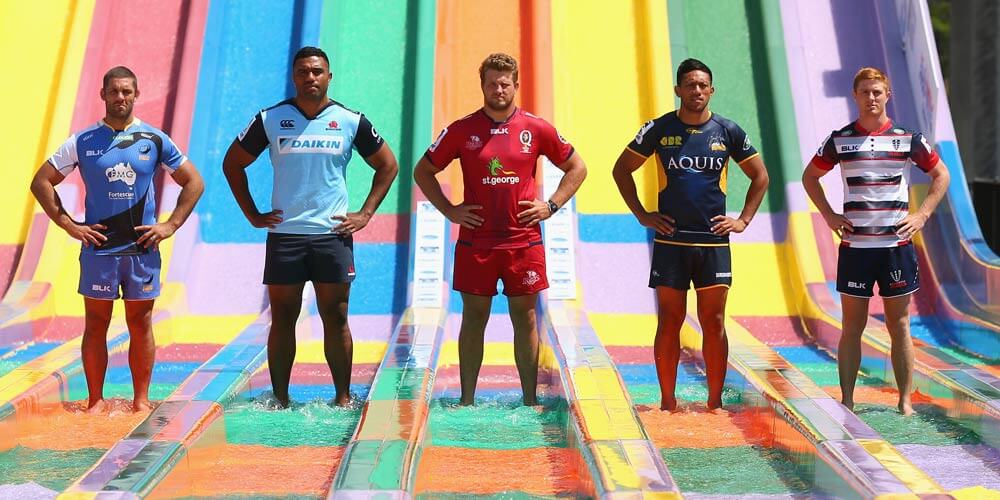
Super Rugby Grants in the period 2011 to 2016
The obvious place to start when looking at how much the ARU has spent ‘propping up’ SuperRugby is the grants. A franchise-by-franchise comparison for each year is impossible because the financial statements only apportion those payments from 2014 onwards. Consequently, the table below shows only the gross figure in years 2011 to 2013.
NOTES
- In 2016, the Rebels received an additional $2,600,000 from the ARU. This was described as “special funding as part of the external sale agreement” of the Rebels in 2015. It brought the Rebels’ total “grants” figure for 2016 to $8.3million.
- In August 2016, the Force sold its SuperRugby licence and intellectual property to the ARU for $3,700,000. The ARU’s accounts treated those proceeds as “grant” funding, bringing the Force’s total figure for 2016 to $7,357,000.
But it wasn’t until I came across the loans figures in the ARU’s reports that the true magnitude of its SuperRugby largesse became apparent.
The only organisations that did not receive ARU loans during the period 2011 to 2016 were the Waratahs and the Force. For the Brumbies it’s less clear – although the ARU extended loans of around $0.7million to the ACT Rugby Union, it’s not clear whether that was for the Brumbies. Although most of the loan was repaid, a small amount ($27,000) was ultimately written off by the ARU in 2015.
The Queensland Rugby Union was extended a $3million interest-bearing loan facility by the ARU in 2010. Again it’s not clear whether this was specifically for the Reds. The loan was fully repaid by the end of 2012.
Which brings us to the Melbourne Rebels.
Before the Rebels had even kicked a ball, the ARU agreed to extend them a ten-year, interest-bearing loan of $2.6million. The facility was available for draw down at $1.3million per year for 2011 and 2012.
In 2013, the ARU extended a new loan facility to the Rebels of $3million for the next 12 months.
In 2014, the ARU extended another new loan facility to the Rebels of “up to” $2.5million.
As at 31 December 2014, the ARU financial statements showed some $8.75million in outstanding loans owed to it by the Rebels.
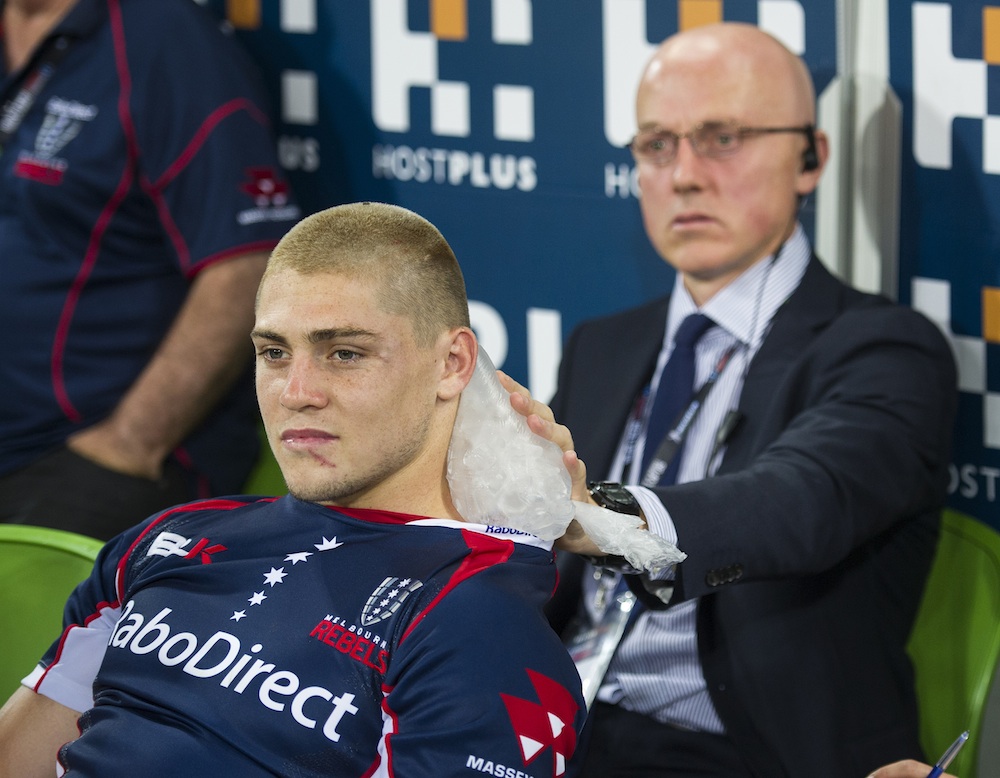
In 2015, the ARU extended yet another loan facility to the Rebels for use in 2015. This time the amount was $4,268,000.
But it isn’t until we get to mid-2015 that things get really jaw-dropping.
On 1 July 2015, a new private investor took ownership of the Rebels. Note 23ii to the ARU’s accounts for 2015 states,
“The [ARU’s] control over Melbourne Rebels Rugby Union Ltd (“MRRU”)was relinquished on 30th June 2015 pursuant to a sale and purchase agreement….. No consideration was paid to [the ARU] as part of this agreement. As part of the sale and purchase agreement, [the ARU] forgave its loans to the MRRU as set out in Note 18 [and cleared them from the balance sheet].”
The loans set out in “Note 18” consisted of the $8.75million shown in the ARU’s 2014 accounts, PLUS the $4,268,000 the Rebels had received in 2015.
So, when the Rebels went back into private ownership on 1 July 2015, the ARU kissed goodbye to $13,018,000 as part of the deal. Not only that, it threw in another $2.6million in “special funding” for 2016.
That meant that even without the cost to the ARU of having to run the Rebels for the two years they were between owners, the ARU has so far shelled out $15.6million in (presumably) unbudgeted expenditure as a consequence of awarding the 5th SuperRugby licence.
When you add in the budgeted expenditure for the 5th licence as well, it’s not hard to see why the ARU has posted more deficits than surpluses since 2010, or what is truly responsible for the financial unsustainability Clyne laments.
Hopefully someone who is going to the EGM on 20 June is reading this and will ask some very pointed questions of Clyne and Pulver on behalf of every rugby fan in Australia.


